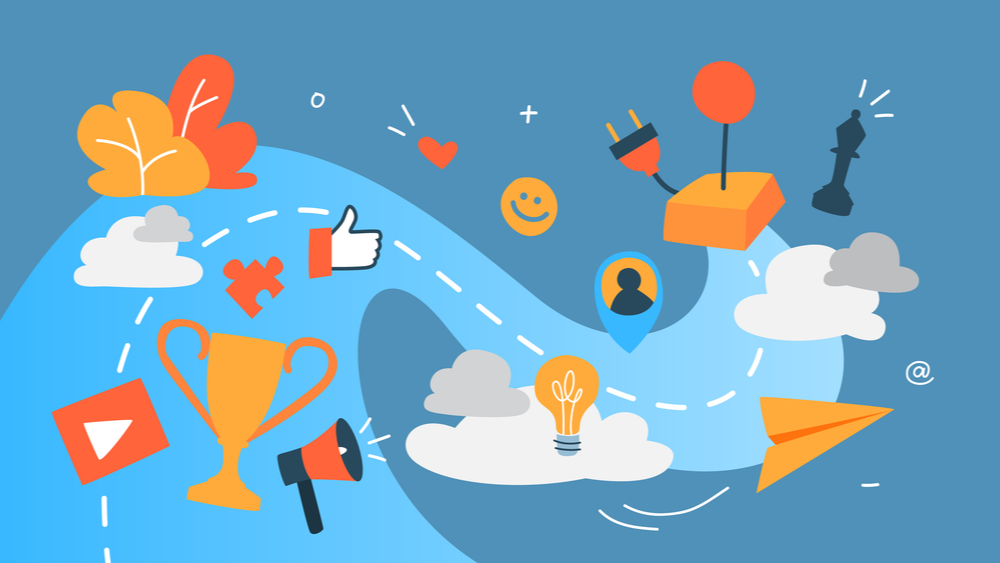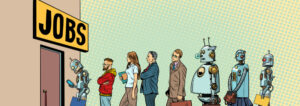How gamification can unlock creativity and improve organisational performance
- 4 Min Read
Gamification has been scientifically proven to rapidly increase the efficiency and efficacy of learning. Professor Vlatka Hlupic, Ashridge Hult Executive Education, reveals how can people leaders adopt gamification to transform their organisations.
- Author: Professor Vlatka Hlupic
- Date published: Mar 2, 2020
- Categories

The Fourth Industrial Revolution (4IR) is a world of constant change, unprecedented economic and social challenges, interconnectivity, continuous innovation and increasing competition. People at the top no longer believe they have all the answers – today’s leadership is about inspiring others to ignite their passion for work and unleash their creativity. Yet despite huge sums spent on employee engagement programmes, recent data shows that levels remain stubbornly low.
What can organisations do to unlock the wisdom and creativity that exists in their workforces and become more engaging and high performing? One of the answers could be gamification, which if used properly, can be the key to unlocking employee potential and creating competitive advantage.
Science has proven that it takes approximately 400 repetitions to make a new synapse in the brain – unless it is done with play, in which case it takes between 10 and 20 repetitions. Gamification not only stimulates this type of development, but also encourages collaborative learning, where solutions to problems are realised through the input of several people.
The neuroscience of learning shows that the brain needs conditions under which it is able to change in response to stimuli and produce new neurons. The most effective learning involves engaging different parts of the brain for the learning task, invoking understanding and remembering, as well as higher-level cognitive functions such as decision-making, association and motivation. These higher-level, more complex cognitive processes are more beneficial for learning because they involve a greater number of neural connections. Gamification stimulates this type of learning, and also strengthens diversity of thought, enabling people to learn from other types of mindsets.
Educational gaming has a long history in business and management, providing many benefits. Business games, for example, give participants an opportunity to learn from their involvement with a structured experience. Learning by doing also provides an important shift from the tutor, who is perceived as the expert or disseminator of knowledge, towards the participants as active processors of information. Gaming also ensures that all participants engage in experiential learning and are able to build self-awareness through peer interaction and feedback.
Another advantage of gaming is the opportunity it provides for participants to develop skills – such as decision-making, problem-solving, negotiation and initiative – in a relatively risk free environment. Business games also encourage teamwork, and help turn theory into practice.
In order to facilitate executive education, my team and I designed a new board game, based on research published in my book ‘The Management Shift’, which offers managers a practical approach to diagnosing and tackling leadership issues in their organisation. The book describes five levels of leadership, all of which have an impact on the culture of the organisation and the outcomes it is able to achieve. It outlines the behaviours, thinking patterns, language and management style that characterises each level and gives practical advice on what managers can do to move up a level.
The accompanying board game is a serious play intervention that anyone can take part in with their management and leadership team. The aim of the game, which takes around 90 minutes to play, is to introduce participants to the philosophy of the Management Shift ® approach, and to identify specific actions the group can commit to work on to create better business agility.
The first step is to consider the bigger picture of how well the organisation is operating in areas such as culture, relationships, strategy, systems and resources. Next players reflect on and begin to explore some of the more specific people and process related factors at play in the business, as well as looking at obstacles they might typically encounter in trying to move up a gear. Finally, the game helps people understand how to practically start to address these and take action, so that they can unleash creativity and encourage collaboration across the multi-generational workforces of the 4IR.
The gamification of management learning, using this and other similar games, provides a safe environment for experiential learning, enabling a common vision to be shared and cascaded within the wider organisation, and is a valuable additional to traditional management education approaches.
Do you think gamification could transform your organisation? Let us know on Twitter or LinkedIn.









